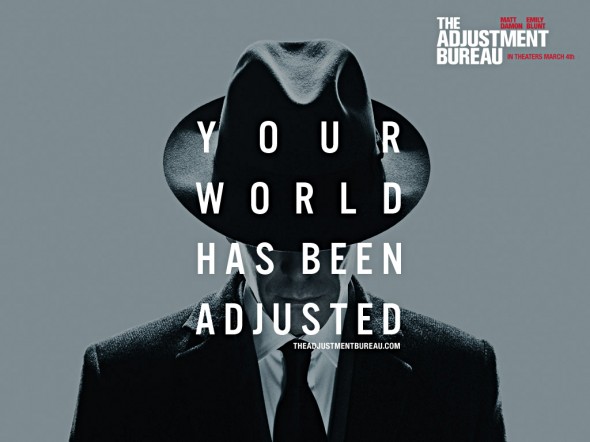Mars Needs Moms
Posted on March 10, 2011 at 6:00 pm
There is one perfectly charming moment in “Mars Needs Moms,” but it does not come until the closing credits, when we get some live action glimpses of the voice actors. Their faces are covered with reference dots and they are strapped into contraptions so that computers can turn them into computerized 3D animation. We get to see them perform some scenes we have just watched with much more energy and life than anything in the movie. Important note: if you are going to make a film whose moral is that mechanical objects can never replace people (or Martians), you should try not to make exactly that mistake.
Based on the illustrated book by “Bloom County’s” Berkeley Breathed, it is the story of Milo (voice of Seth Dusky, movements of Seth Green), who must rescue his mother (voice of Joan Cusack) when she is captured by Martians.
Milo’s mother makes him take out the garbage and sends him to bed after dinner for lying about eating his broccoli. He angrily tells her, “My life would be so much better if I didn’t have a mom at all!” Feeling guilty when he can’t sleep, he gets up to apologize only to see her being carried off in a space ship.
He manages to stow away. All of the females on Mars are busy imposing order and marching around in armor, so the children have to be raised by super-strict “nannybots.” They want to use Milo’s mom and her memories to program the nannybots because their reconnaissance revealed that she did not spoil her son the way some of the other Earth mothers do.
On Mars, Milo meets up with another human, Gribble (voice of Dan Fogler), a pudgy tech-whiz who has been hiding out from the Martians for 25 years and is given to enthusiastic exclamations like “Gribble-tastic!” Milo wants to rescue his mother before sunrise, when the emptying out of her brain will destroy her. At first Gribble wants Milo to stay so he can have a companion beyond the hairy underground creatures who have been the only living beings he has seen. But both Gribble and Milo learn something about the responsibility and joy of taking care of someone else. So the rescue gets underway with help from Gribble’s nuts-and-bolts pet and a rebel solider who intercepted some US transmissions of a silly 60’s sitcom. She thinks being a hippie chick is groovy (Elisabeth Harnois as Ki) and wants to know more about that “crazy love thing.”
This is decidedly second-tier Disney with third-tier visuals. It makes sense to give the Martians a drab color palette to evoke their oppressive environment, but it makes the experience of watching dull as well. The rows of marching female soldiers in armor evoke many other, wittier, images from “Monsters vs. Aliens” to “Metropolis” and Janet Jackson’s “Rhythm Nation” video. And there’s something just creepy about imagining a world in which the females are all domineering and robotic and the males are all incompetent and ignorant. The vertiginous 3D effects work all right unless you move your head, causing the edges of the images to splinter. And the script is weak and predictable, even for children.
The biggest problem is what animators refer to as the “uncanny valley,” the feeling of disorientation and unease we get when we see a depiction of a human face that is close but not quite right.
Our brains are naturally wired to recognize and empathize with faces with the merest suggestion of eyes, nose, and mouth. As Pixar and Disney have shown us, we can happily feel affectionate toward fish, cars, mice, dogs sharing spaghetti, and even bugs as well as simplified human-ish faces that are intended to look like plastic, as with Buzz and Woody in the “Toy Story” movies.
“Mars Needs Moms” would have worked much better if the faces of Milo, his mother, and Gribble were more stylized and caricatured. Instead, based on reference dots and computer algorithms, they are at the same time too close and not close enough to make us feel that we are watching our own species. The Martians appear more familiar than the humans, as we are powerfully reminded with the live action shots at the end when it literally comes to life. That makes this movie only Gribble-so-so.


